Overhaul Accessory Inc has been serving the aviation industry since 1999 as an approved repair station under the FAA and EASA. We are a supplier of high-quality aircraft parts. Our resources and...
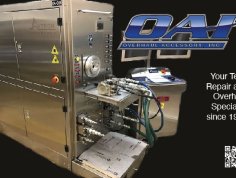
This site is operated by a business or businesses owned by Informa PLC and all copyright resides with them. Informa PLC's registered office is 5 Howick Place, London SW1P 1WG. Registered in England and Wales. Number 8860726.
Aviation Week Marketplace is part of the Informa Markets Division of Informa PLC
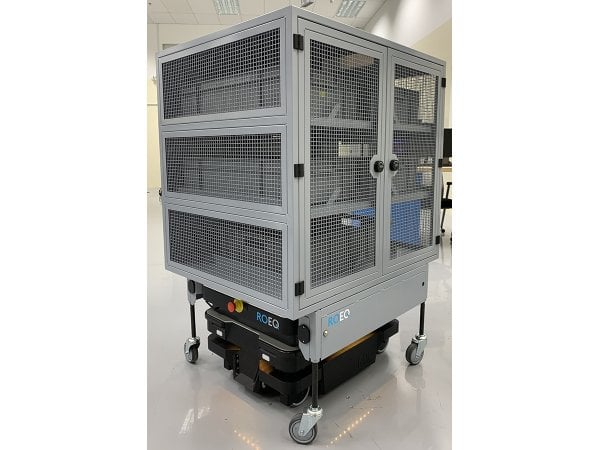


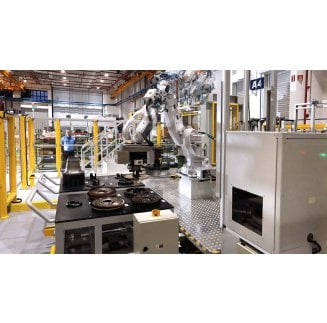
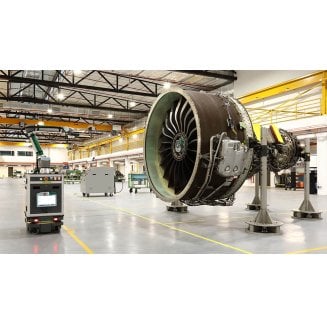
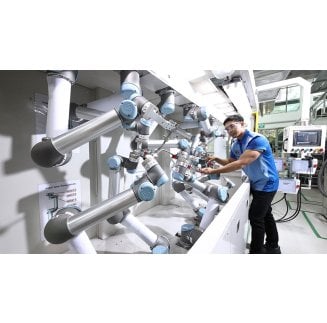
Save this service to your Saved Items and return to it later.
Aerospace and defense conglomerate RTX is deploying a wide variety of robotic technologies across its Collins Aerospace and Pratt & Whitney subsidiaries.
Collins Aerospace is using several robotics technologies in Singapore. At its Nacelle MRO facility there, Collins has created a robotic machine vision system called Spot that works alongside human operators to automatically conduct inventory inspections for Pratt & Whitney PW1100G-JM engine build-up quick engine change kits. Collins says Spot can inspect 159 items for the kit within 20 min.
Collins’ Singapore evacuation slide and cargo system MRO facility is using an Autonomous Mobile Robot (AMR) on wheels to transport parts around the shop floor. It says AMR has helped it improve turnaround times on these systems by 10%.
At its MRO facilities in Singapore and Dijon, France, Collins has deployed Automated Optical Inspection (AOI) arms that perform final inspections of integrated drive generators (IDG). The AOI automatically captures, identifies and categorizes IDG features, then summarizes the results and alerts technicians if defects are found. Collins says the AOIs have helped reduce final inspection times by 20%.
Pratt & Whitney’s Eagle Services Asia engine center in Singapore is using a robot called Alfred to assemble high-pressure compressor rotors for the PW1100G-JM, which it says has cut assembly time in half. Alfred will soon be joined next year by a robot called Athena that will perform part of the main engine build sequence.
Pratt & Whitney is using a Receive-in-Check (RIC) Cobot to automatically photograph engines’ components when they arrive at an engine center. Previously, technicians had to manually take approximately 60 photos with handheld cameras—a process that was prone to inconsistencies in image size, angle and clarity. Pratt says the RIC Cobot has reduced the time taken for this type of inspection by four hr. per engine and reduced 90% of the previous workload.
Pratt & Whitney is also using a robotic arm to automatically stack high-pressure compressor rotors. It says automating this process protects operators from the weight and heat involved in the assembly process and has improved processing time by 50%.
View this product at www.rtx.com
Overhaul Accessory Inc has been serving the aviation industry since 1999 as an approved repair station under the FAA and EASA. We are a supplier of high-quality aircraft parts. Our resources and...

OEM of commercial & military aerospace ground equipment (AGE): conditioned/bleed air & combination (ACE) units; towbar & towbarless aircraft handling; cargo handling & pallet transport; aircraft...
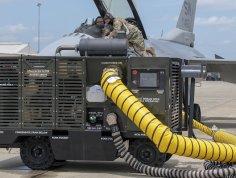
AeroVision specializes in 24/7 parts support and rotable programs for Embraer ERJ135/145 & EMB120 aircraft, and offers material solutions for E170/190 & ATR 42 Operators. We stock a large inventory...

Integrated device supporting three traffic classes, based on radiation-hardened design process The TTE-End System Controller Space is an integrated communication controller that supports standard...
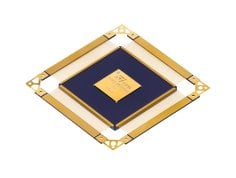
SIASA AIR is a lead company with wide experience in aircraft interior redesign, specialized in the Manufacture and Restoration of Seat Dress Covers. Offering high quality products with lead times,...
